f.k.a. Lagoon Dipper, Silver Coaster, Giant Coaster
Opened: 28 May 1921
Designed By: John A. Miller & Harry C. Baker
Built By: Colorado Coaster Construction Company – Denver, Colorado
General Contractor: Benjamin E. Smith
Ride Model: Pippin Dips
Original Cost: $75,000
Max Speed: 45 mph
Max Height: 62 ft
Track Length: 2,590 ft
Footprint Area: 1.35 acres
Over the past 100 years, Lagoon’s Roller Coaster has seen vast changes occurring in the surrounding park and community. It has also survived a fire, flood and windstorms to become the second oldest ride still operating at the park. It was designed by the prolific roller coaster designer and inventor, John A. Miller. Out of the 140 or so coasters he worked on, Lagoon’s is one of only seven in the world that are still running.
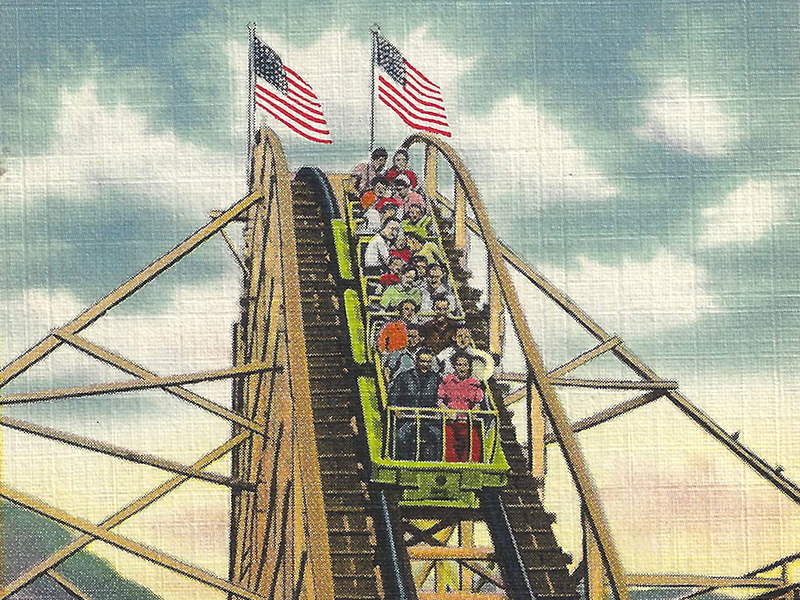
Even though it’s Lagoon’s longest-operating coaster, it wasn’t the park’s first. That distinction belongs to the Scenic Railway, a side friction coaster which opened in 1907.
In January 1918, newly-appointed Lagoon manager A.C. Christensen was fresh off a trip from California. He had been studying the resorts there and when he returned, he had big plans for improvements at Lagoon.
Previously, the main draw of Lagoon was the more relaxing atmosphere of the gardens and the lake. Following the popularity of amusement parks across the country, Christensen began to introduce more rides and thrills at Lagoon.
The first additions that year included an electric Carousel, purchased while he was in California, and the transformation of the swimming area into Waikiki Beach using trainloads of sand, also from California. For the 1919 season, the Captive Aeroplane ride was added, which swung riders out over the lake in planes suspended from a high tower.
The Scenic Railway was demolished in 1920 and work on a newer roller coaster began in its place that fall. The station was built in about the same spot, but the new “giant” coaster would stand about 20 feet taller and extend 450 feet farther west than the Scenic Railway.
What we now celebrate as Memorial Day used to be known as Decoration Day, and was observed on May 30th each year. That was also Lagoon’s traditional opening day for decades. In 1921, however, Lagoon opened a couple of days earlier on Saturday, the 28th and so did the new roller coaster, named the Lagoon Dipper.
“A new type roller coaster, with the famous ‘air plane dip’…furnishes all the thrills experienced in an airplane flight,” reported the Ogden Standard-Examiner. The Salt Lake Telegram reassured hesitant readers that while it was “full of thrills” the new coaster was “as safe as a rocking chair.”
The ride was actually quite a bit safer than the Scenic Railway. It included new, game-changing mechanisms developed and patented by John A. Miller and still used on coasters today. These include the upstop wheels that help cars stay on the tracks and allow for a more thrilling track design. Also, the chain dogs that keep trains from rolling backwards down the lift hill.
John A. Miller is credited with the design of Lagoon’s Roller Coaster, but Harry C. Baker was also involved to some degree. Baker was also an engineer and the Miller & Baker partnership from 1920-1923 became the most productive period in both of their individual careers.
The general contractor was Benjamin E. Smith, a Utah resident who was born in New York. As a boy he helped build the Brooklyn Bridge. Later, he moved to Colorado, which is probably when he got involved with the Colorado Coaster Construction Company that built Lagoon’s coaster. Smith was also the general contractor on the park’s first Fun House.
The Roller Coaster presumably doesn’t have any parts that remain from 1921. A hundred years is a long time, especially for something with so many moving parts that has to remain safe for riders. Without regular repairs and improvements, old coasters like these would probably all be gone by now. Pieces get changed out here and there over time, but the basic ride experience remains unchanged from Miller & Baker’s original design.
TIMELINE
FIRST SET OF TRAINS, 1921-1946
Manufactured By: (see note #1)
Cars Per Train: 3
Seating Arrangement: 3 rows of 2 riders per car
Train Capacity: 18
1920 – Manager A.C. Christensen commissioned a new roller coaster design for Lagoon in April.
1921 – The Lagoon Dipper opened to the public on May 28th.
1923 – Concrete footings were replaced after they were damaged by flooding in August.
1933 – A long tunnel was added to the lift hill. It was removed sometime before 1950.

SECOND SET OF TRAINS, 1947-1953
1947 – New streamlined cars, a new lighting system, modern loading platform and steel reinforcements for curves were added.
1953 – Three-and-a-half tons of white paint were used on the structure before the season began. In the fall, a large fire on the night of November 14th destroyed the station, trains, support buildings and parts of the lift hill and brake run.
THIRD SET OF TRAINS, 1954-1974
Manufactured By: National Amusement Device Compnay – Dayton, Ohio
Number Of Trains: 3
Cars Per Train: 3
Seating Arrangement: 3 rows of 2 riders per car²
Train Capacity: 18
1954 – Burned portions of the ride were rebuilt following the original design. A new station was constructed in the same location and using the same dimensions as the original. But unlike the first station, it used more fireproof materials and was designed in a modern style. The entrance was on the south side of the loading platform with a side track inside the station, on the north side. Neon lights accented the station inside and out as well as a small sign on the square column extending upward from the ticket booth in front.
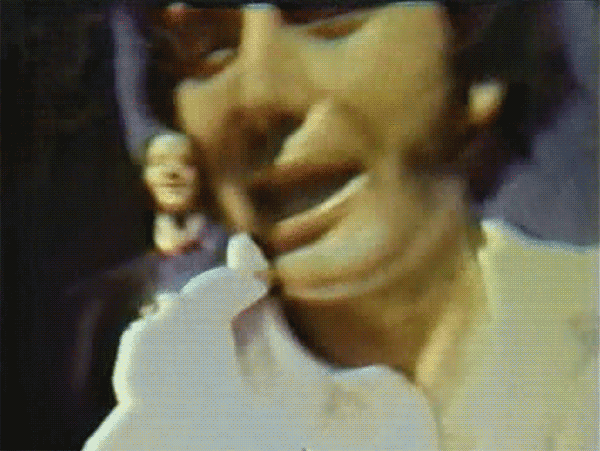
1974 – 55 square yards of cement was poured for new footers, costing a total of $110,000.
FOURTH SET OF TRAINS, 1975-2017
Manufactured By: Philadelphia Toboggan Company – Hatfield, Pennsylvania
Cost: $57,000
Number Of Trains: 2
Cars Per Train: 4
Seating Arrangement: 3 rows of 2 riders per car
Train Capacity: 24
1975 – Improvements totaling about $125,000 were made including new trains and a reconfigured station with the side track moved behind the station and an exit ramp over the track on the north side.
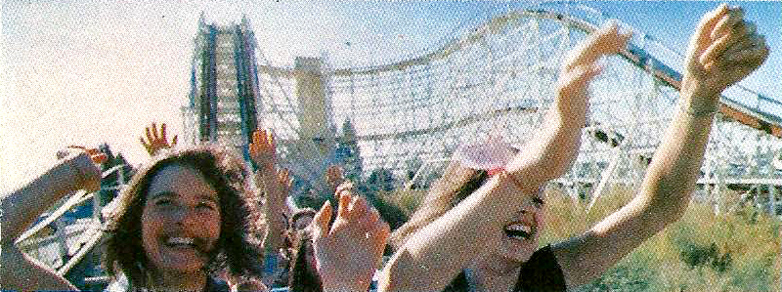

1990 – Individual ratcheting lap bars replaced the old “buzz bars” and fin brakes replaced manual skid brakes. A new chain house and storage shed were built.
1992 – As part of parkwide efforts to make everything wheelchair accessible, the old ticket booth was removed in order to install a new entrance ramp.
1996-97 – Some footers were redone and banking and track improvements were made by Great Coasters International of Pennsylvania.
2001 – The ride’s computer system was upgraded and a new steel transfer track was installed.

2004 – Signs were placed around the ride announcing the transition to unpainted, treated wood as portions of the ride were rebuilt over the next several years.
2005 – The American Coaster Enthusiasts named Lagoon’s Roller Coaster a Coaster Landmark and awarded the park with a plaque at a ceremony in July. Also in 2005, maintenance access areas on the east end of the ride were paved with asphalt.
2006 – Ride controls were completely computerized.
2008 – Orange lap bar restraints and molded plastic headrests were added to the trains.
2009 – A new electric sign was installed in front of the ride and stone facing was added to the entrance ramp.
2012 – Lagoon’s Roller Coaster was added to the National Register of Historic Places. The second John A. Miller coaster to be placed on the register.
ca. 2012 / 2013 – LED lights were added around the track and inside the station.
CURRENT SET OF TRAINS, 2018-Present
Manufactured By: Great Coasters International – Sunbury, Pennsylvania
Train Model: GCII Custom Train
Number Of Trains: 2
Cars Per Train: 12
Seating Arrangement: 1 row of 2 riders per car
Train Capacity: 24

2017-18 – During the off-season, the station was reconfigured with a new loading platform. The north exit ramp was removed along with the neighboring food stand and former Skee-Ball building to make room for an extended queue with a new bridge and locker area. The east entrance ramp then became the exit. A new control system was installed with computers in a room on the south side of the station and the operator’s booth was moved to the opposite side of the track. New GCI trains were introduced when the ride re-opened in mid-April 2018. Later that year the original exit ramp that had been unused since the 1970s was removed to make room for the Biergarten.
2019 – The white chain house and storage sheds were painted brown to match the ride.
MULTIPLE NAMES
The ride opened as the Lagoon Dipper, but this name seems to have fallen out of use by the 1940s. When the station was fixed up in 1947, the new sign called it the Silver Coaster because of the streamlined silver trains introduced that year. Giant Coaster was the name appearing on a neon sign when the current station was built in 1954. It’s hard to know when the generic name, Roller Coaster, was first used since it’s been referred to as such since it opened.
A well-known nickname for the ride, at least among locals, is the “White Roller Coaster”. Signage in the station says that the nickname emerged around the World War II era. It has never been the official name of the ride and no longer makes sense since it hasn’t been painted white for many years now, but some people still use the nickname.
MEMORIES
Many remember the time when goats grazed in a pasture in the middle of the main oval. It’s not certain when they were first there, but the goats were removed around 2000 or 2001.
From the 1950s to the early ’90s, visitors entered the parking lot at a gate near the west end of the Roller Coaster. Attached to the end of the coaster was a large, vertical Lagoon sign that extended the entire height of the structure. It was removed around the late ’70s or early ’80s.
In the 1960s and early ’70s there was a sign above the last hill after making the parking lot turn that told riders if they wanted a re-ride to have 7 tickets ready. Those so inclined could remain in their car and enjoy a second go around.
There used to be an older gentleman who nearly always worked the Roller Coaster that was totally bald and very stern in keeping kids in line. This was before the automatic self-closing gates were installed…
Steve A.
During the ’80s and ’90s (and maybe as early as the ’70s) a large diagram of the ride was located inside the station which had lights showing the location of the trains. It was primarily for the use of ride operators and it was taken down some time in the 2000s.
Lagoon’s Roller Coaster has left an impression on several generations and hundreds of thousands of people have been able to experience the same ride for a century now. You can add your memories of the ride at the bottom of the page.

GALLERY
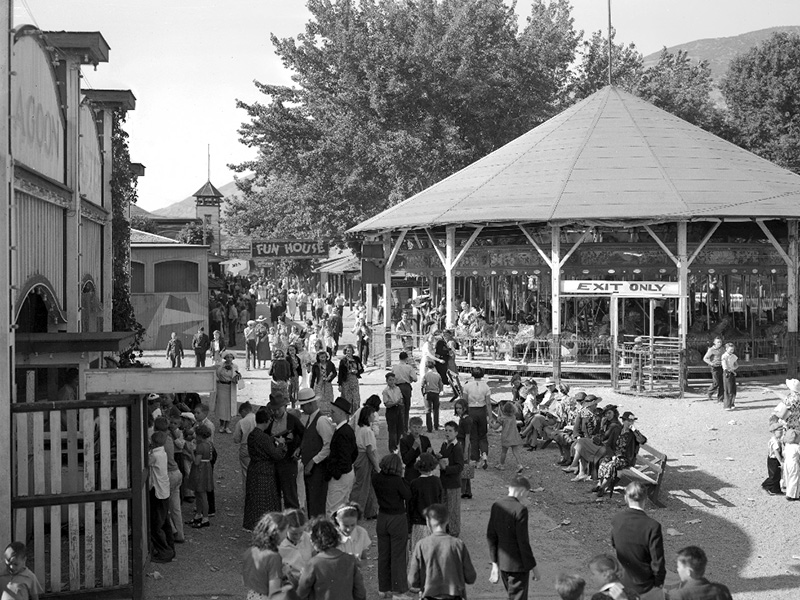


MORE FROM LHP

NOTES
1. John A. Miller worked with both the Philadelphia Toboggan Company and Dayton Fun House (later named National Amusement Device Company) and there’s reason to believe that the original trains were manufactured by either of those companies, but it’s still unconfirmed which one it was.
2. Generally there were two riders per row, but it wasn’t uncommon for three kids (or a small child with parents) to squeeze into one row.
• While Lagoon strives for safety, amusement parks have an inherent level of risk involved and accidents have happened. It should be acknowledged that while there have been fatalities on the Roller Coaster, they have become increasingly rare when looking at the park’s long history. The most recent was in 1989 when a 13-year-old attempting to get some air slipped out from under the restraint and fell from the train. The ride was closed for investigation and before reopening, the seats were shifted forward to prevent it from happening again. Other safety improvements were made over the years before they were replaced by newer models, as outlined above. Almost all earlier fatalities on the ride involved riders that disregarded safety rules, such as standing up on the ride.

SOURCES
Christensen will improve Lagoon. The Salt Lake Tribune, 6 Jan 1918.
Lagoon gets new devices. Ogden Standard-Examiner, 20 Apr 1921.
Farmington Fractions. Davis County Clipper, 27 May 1921.
Saturday to be Big Day at Lagoon. Salt Lake Telegram, 27 May 1921.
Ballenger & Richards Denver Directory and Classified Buyers Guide. The Gazetteer Publishing & Printing Co., 1923.
Benjamin E. Smith. The Salt Lake Tribune, 31 Jan 1943.
Lagoon will mark 50th anniversary. Davis County Clipper, 25 Apr 1947.
Lagoon Pre-Opening Slated. Deseret News, 28 Apr 1953.
Smith, Tamera. Time for Lagoon to get her beauty rest. Deseret News, 10 Nov 1976.
Rosebrock, Don. Roller coaster death called a fluke a quirk of physics, teen’s physique and her actions, detective says. Deseret News, 29 Jun 1989.
National Register of Historic Places, Lagoon Roller Coaster, Farmington, Davis County, Utah, National Register #12000885. National Park Service, 24 Oct 2012.
Coaster Landmark – Roller Coaster. ACEonline.org, accessed 14 Sep 2019.
Roller Coaster. GreatCoasters.com, accessed 28 May 2020.
World’s Oldest Operating Roller Coasters. NAPHA.org, accessed 17 Oct 2020.
John Miller’s Roller Coasters. RootsWeb.com, accessed 10 Mar 2021.

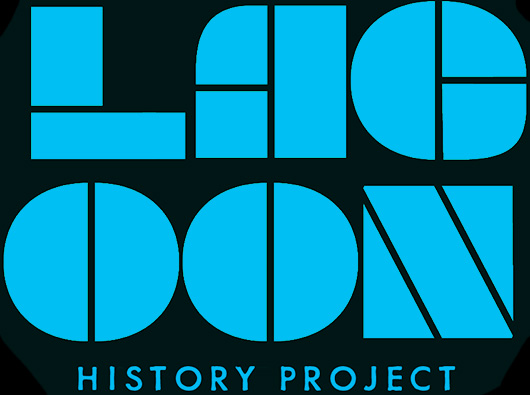
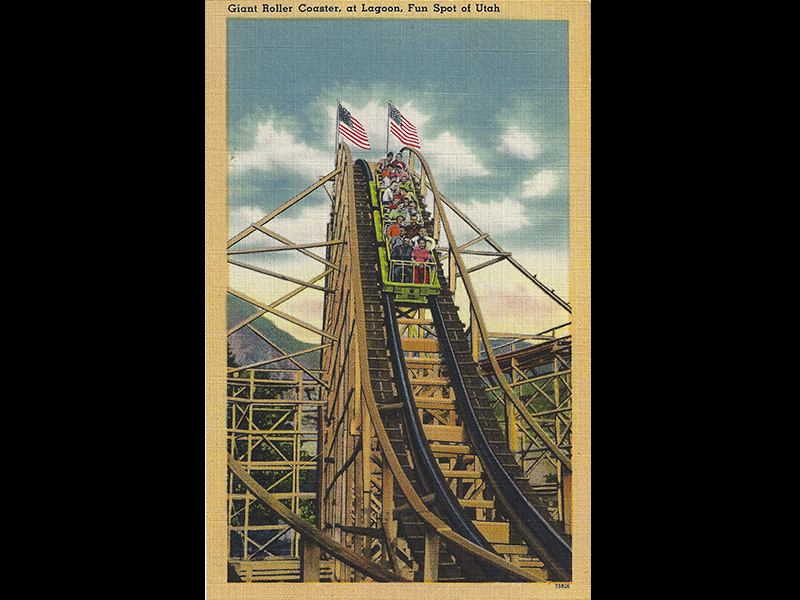
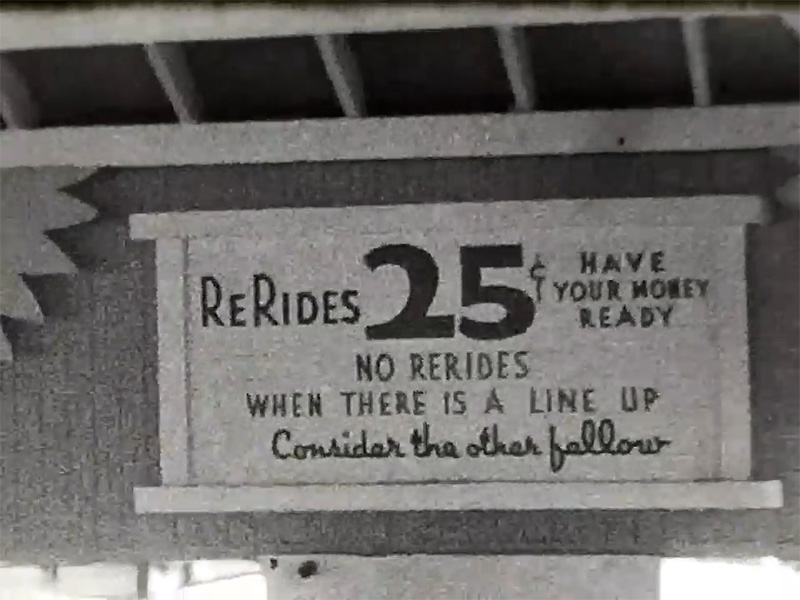
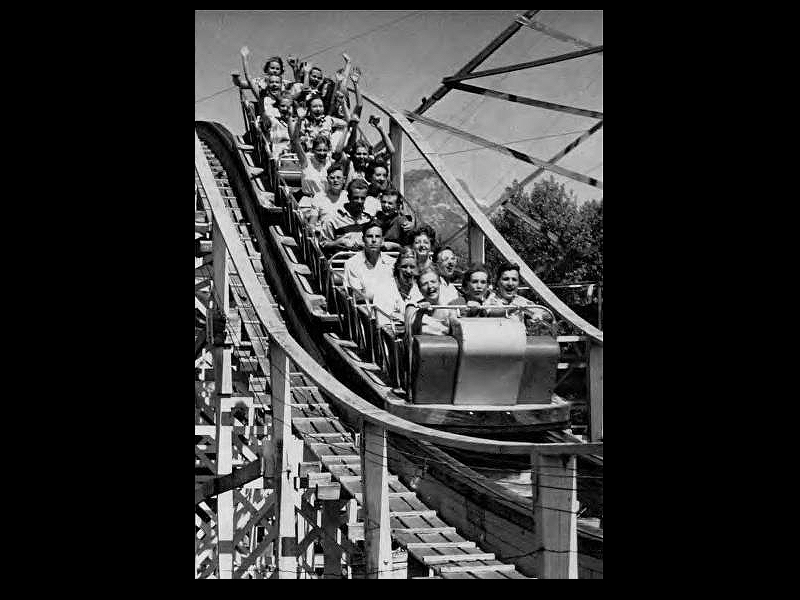



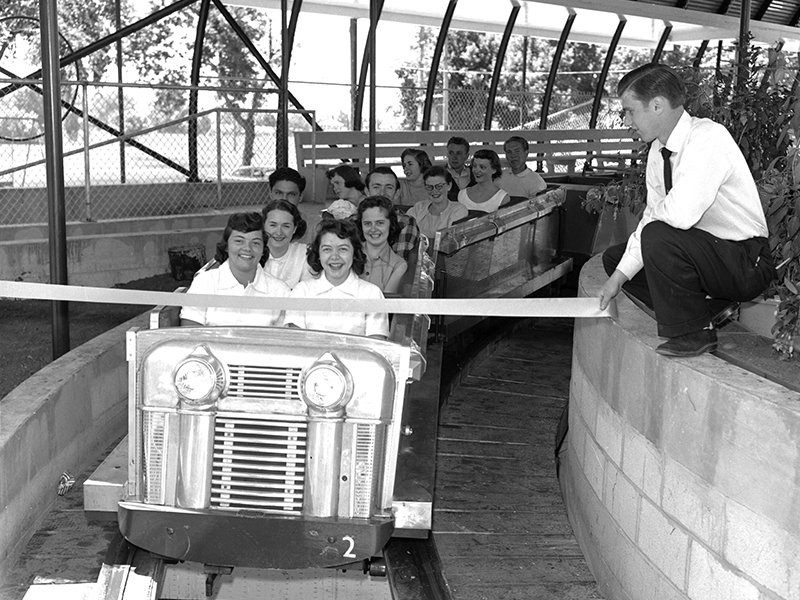

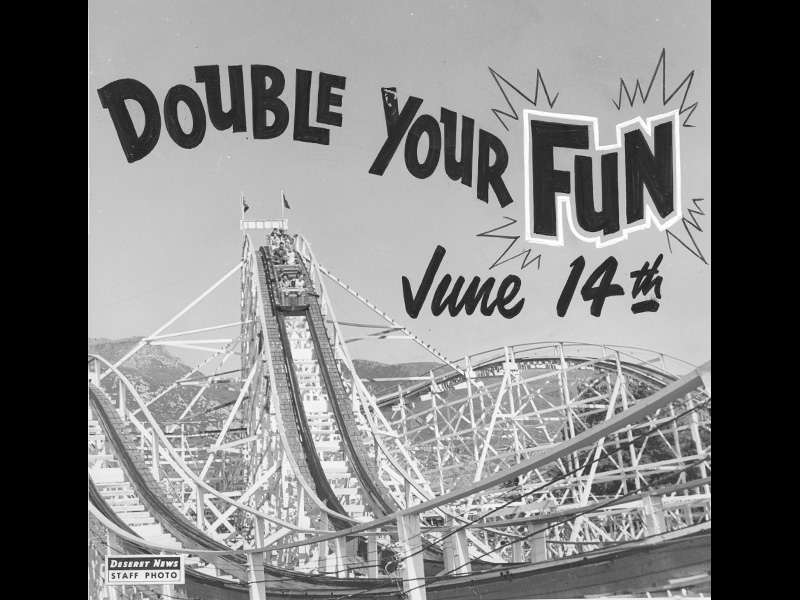
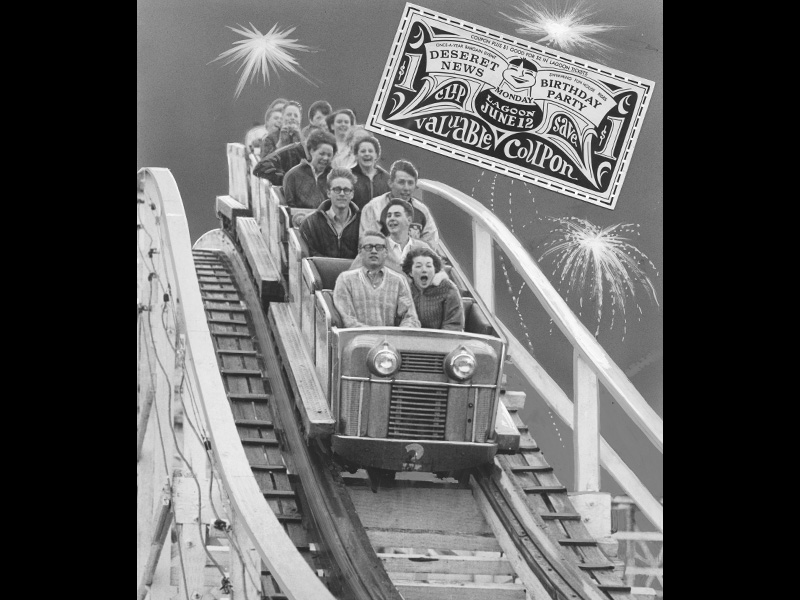
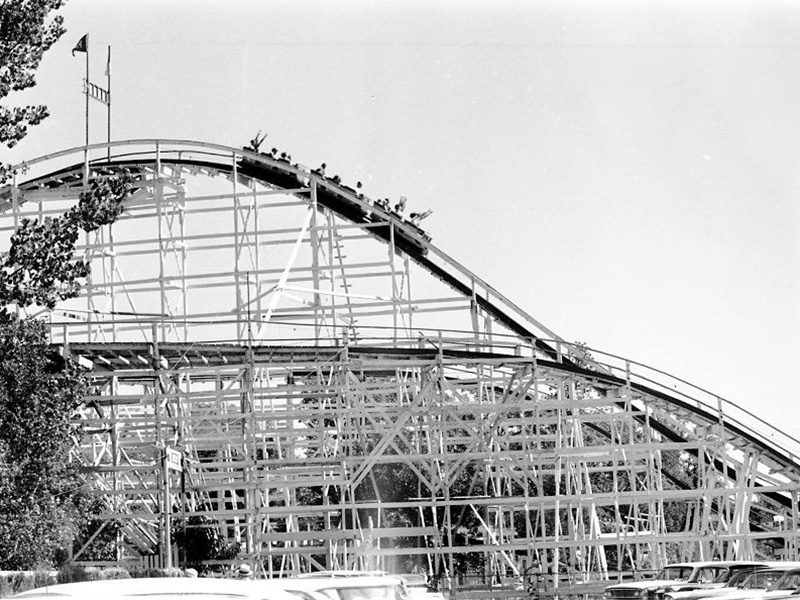
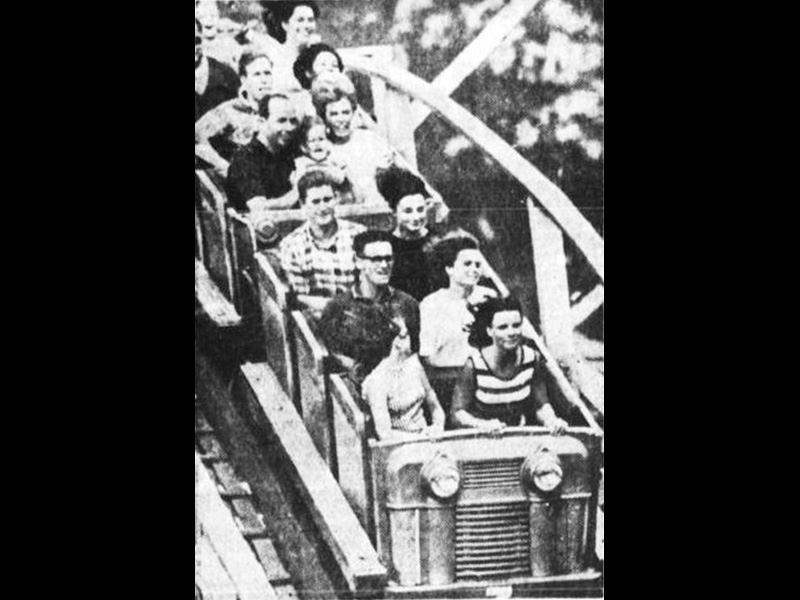
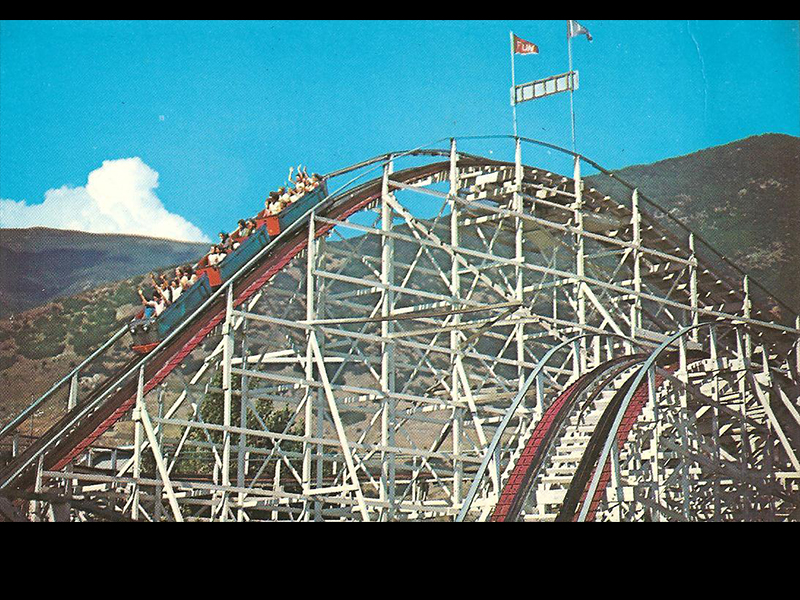

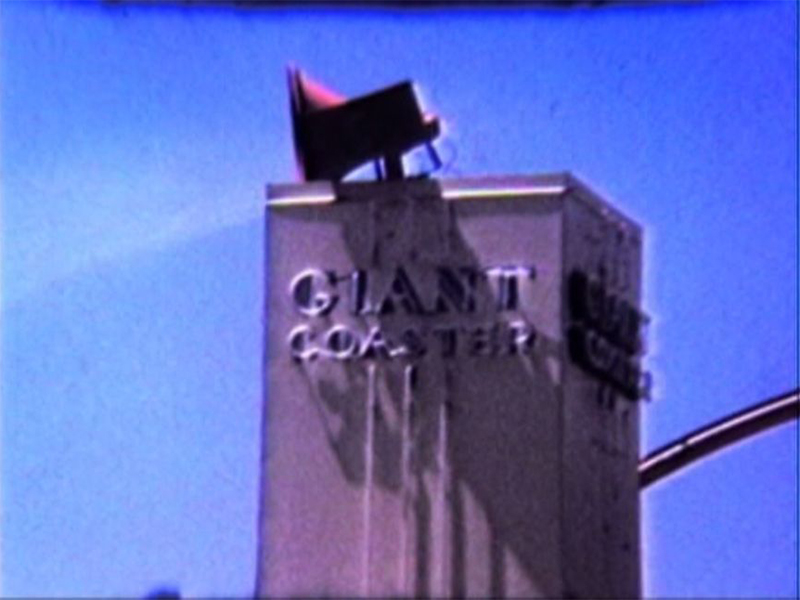
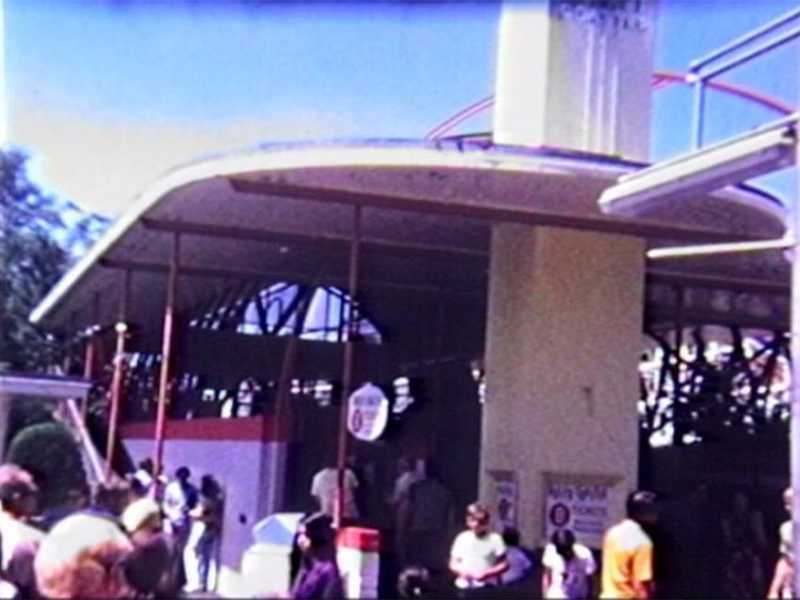
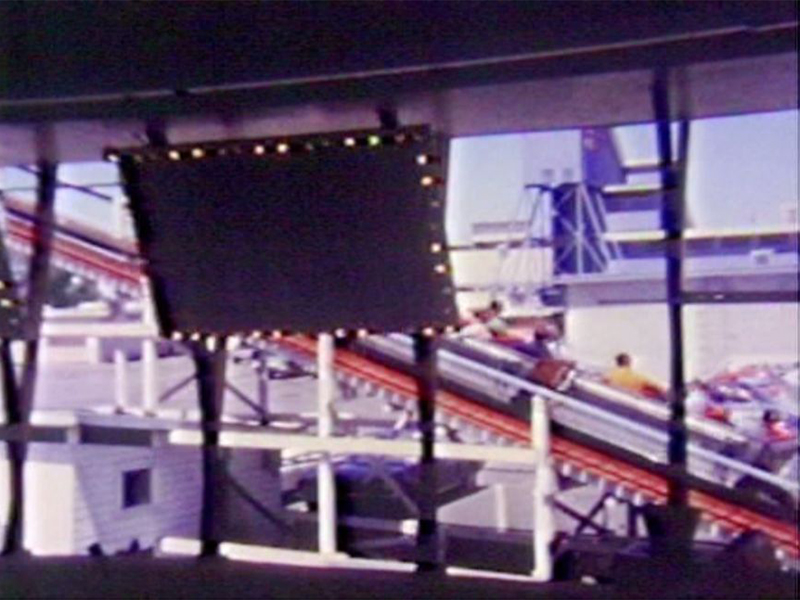
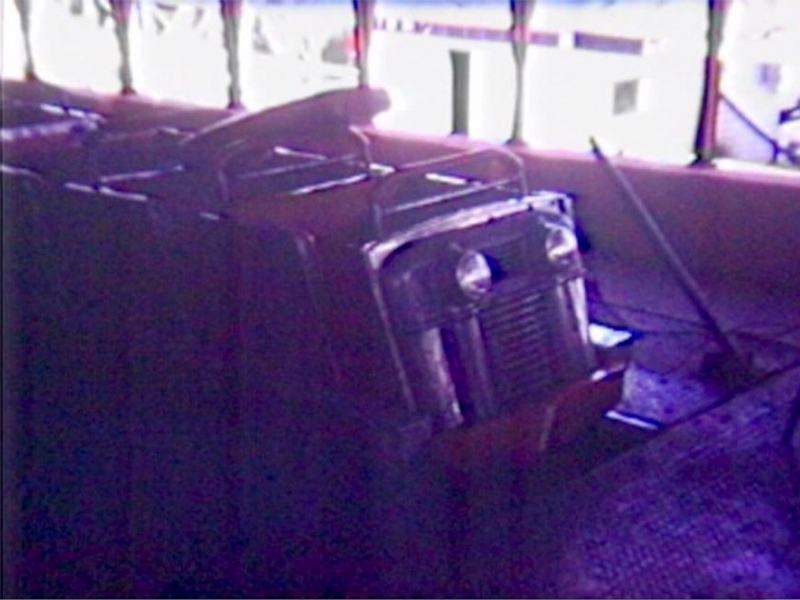
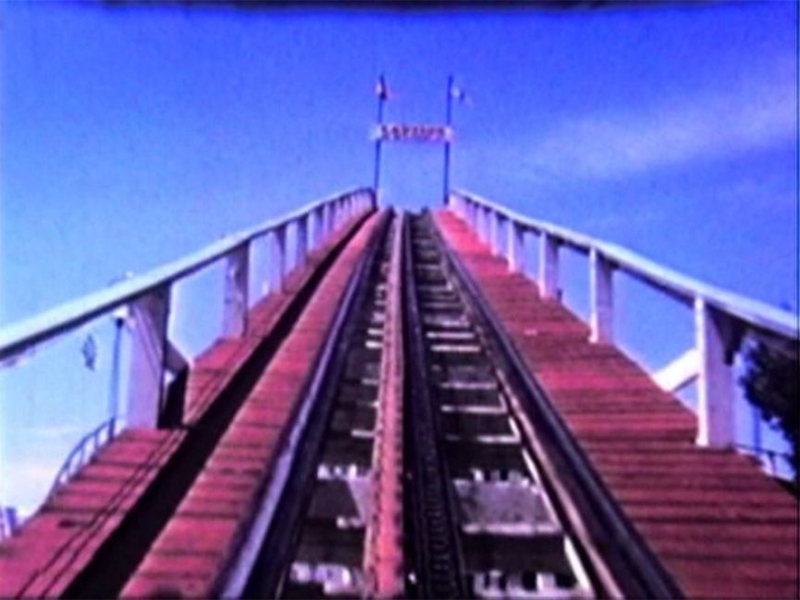
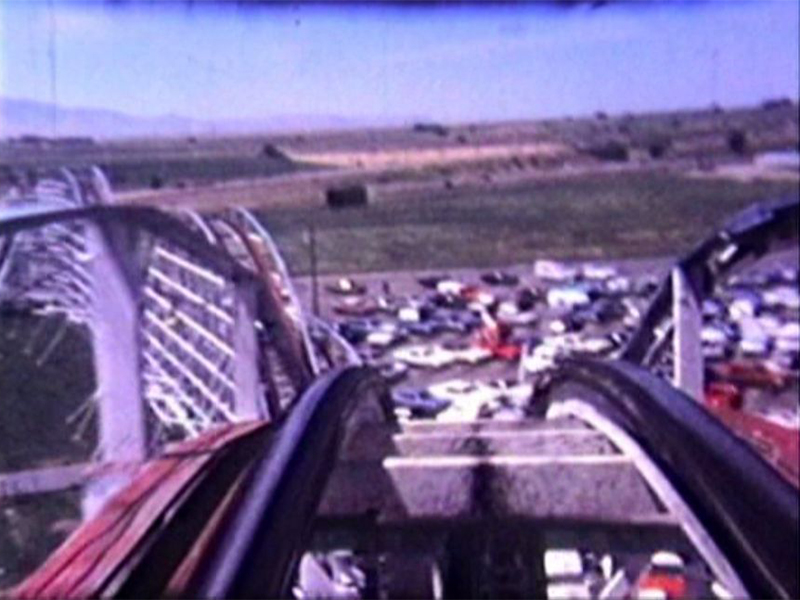
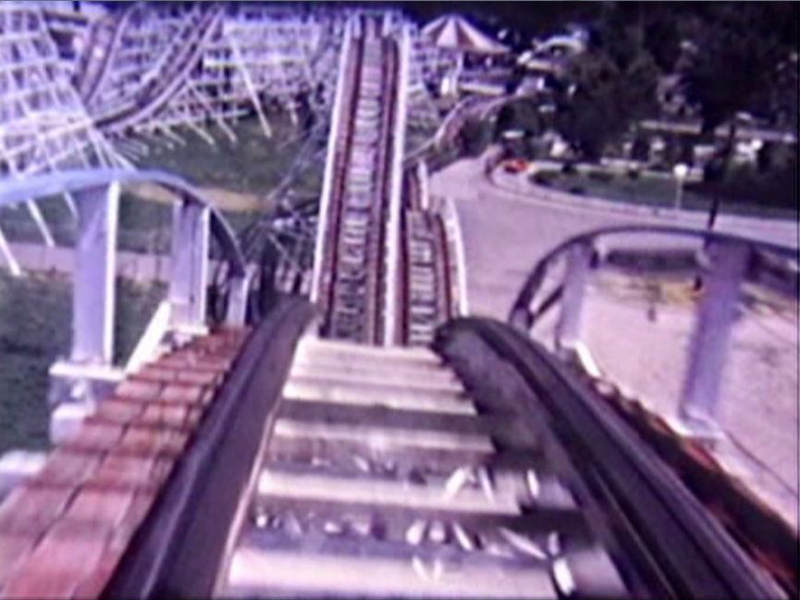

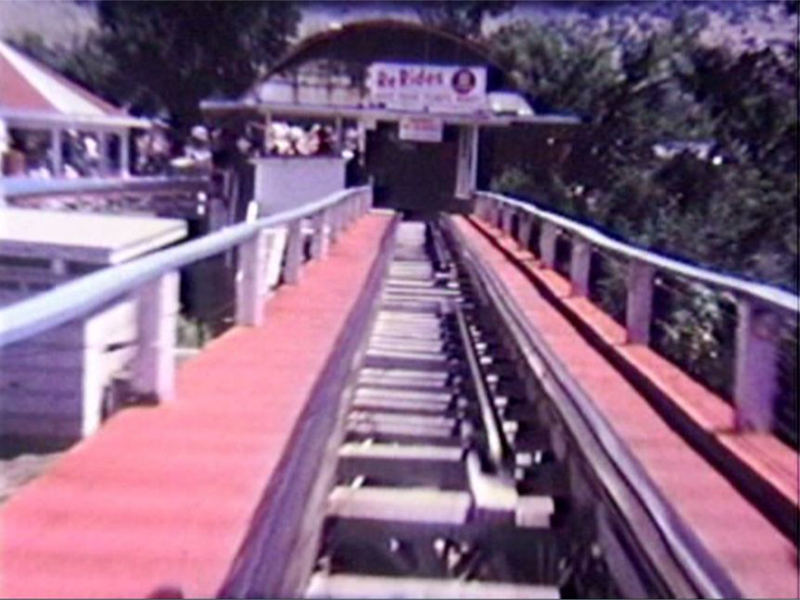
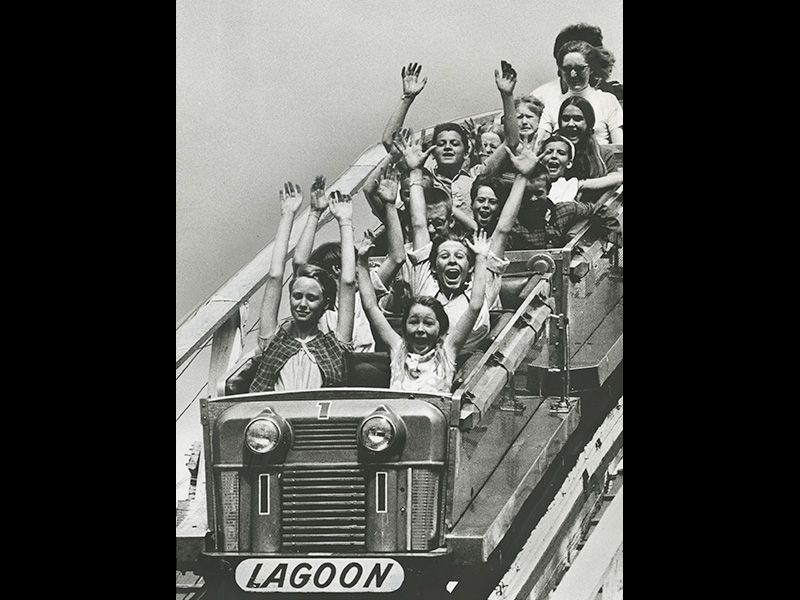

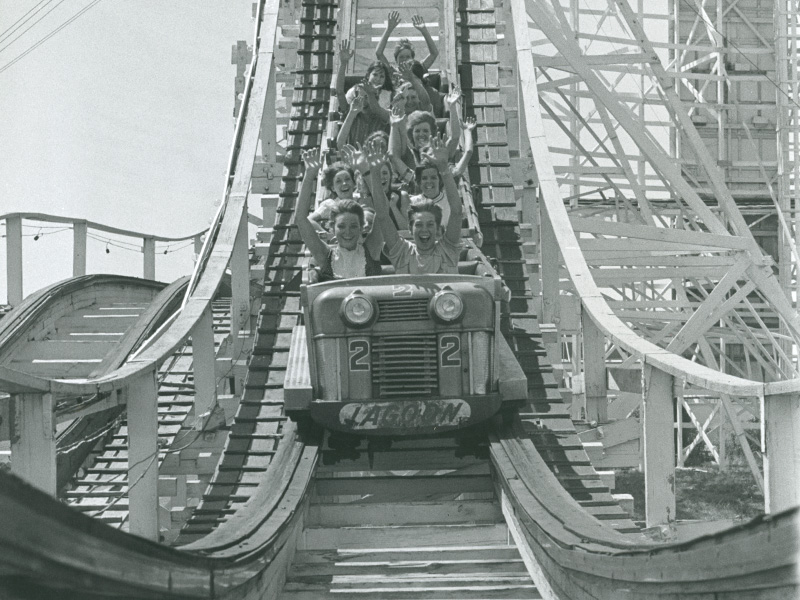
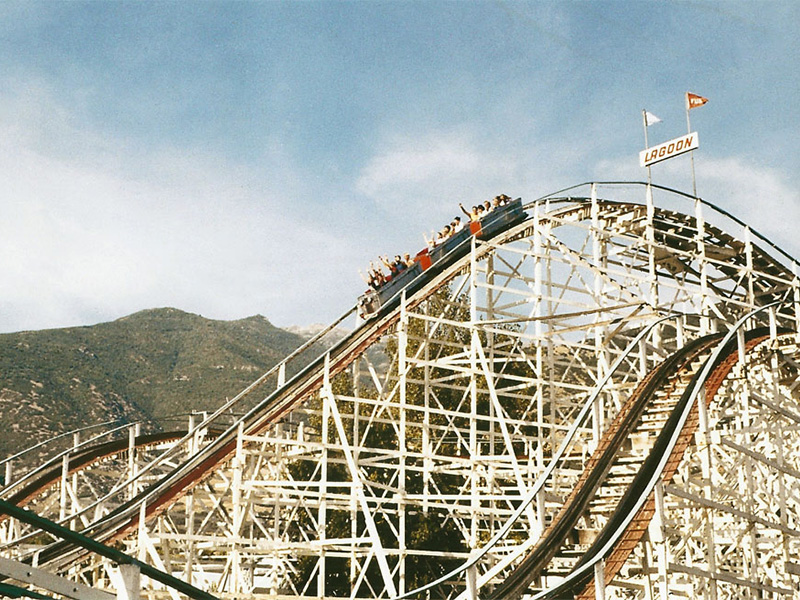
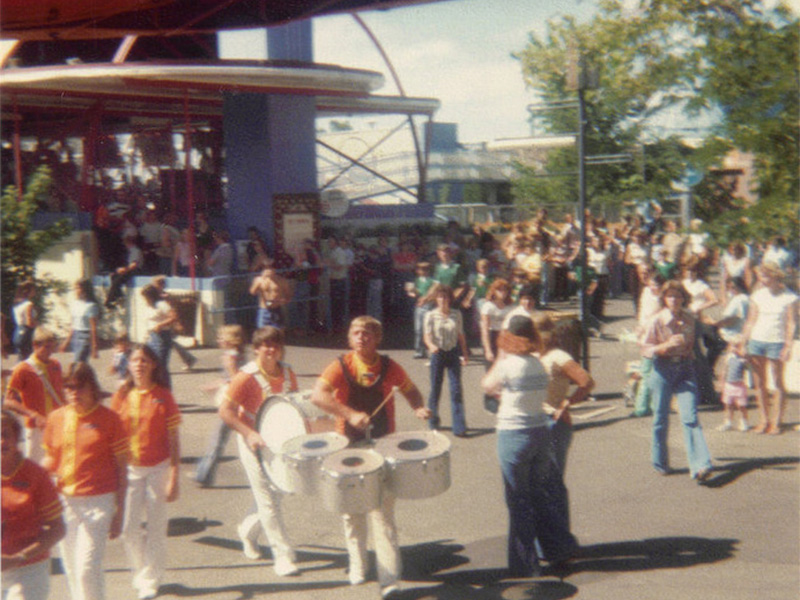

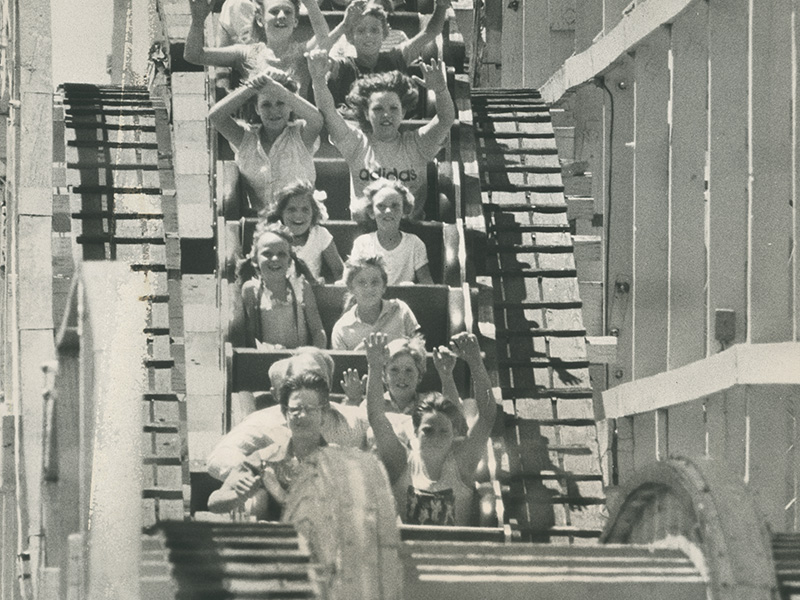

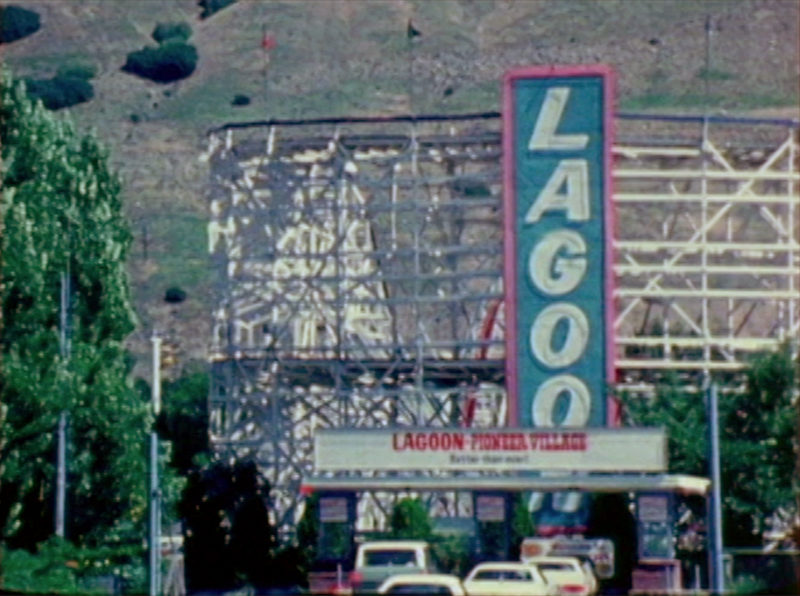
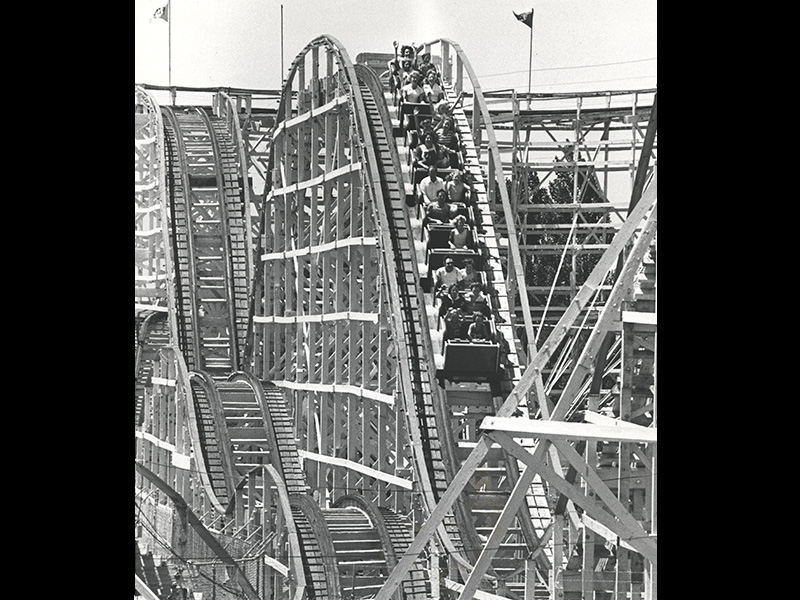
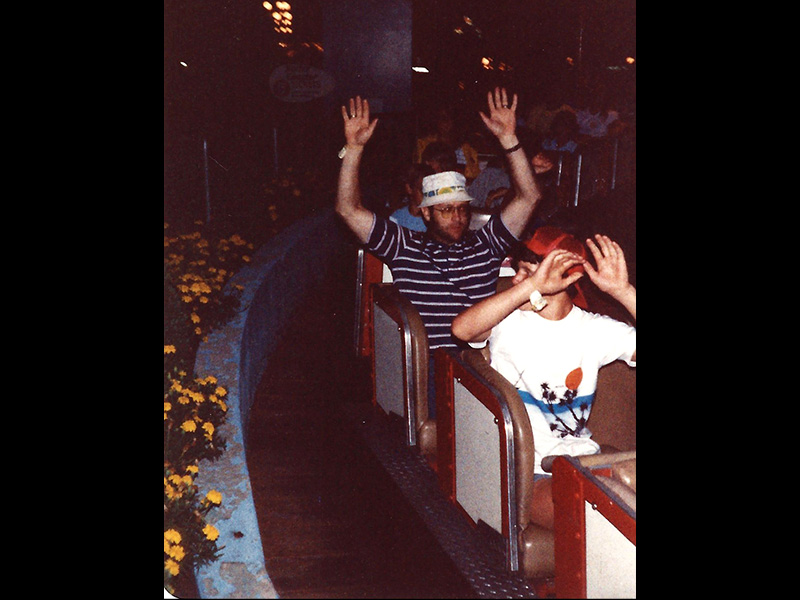
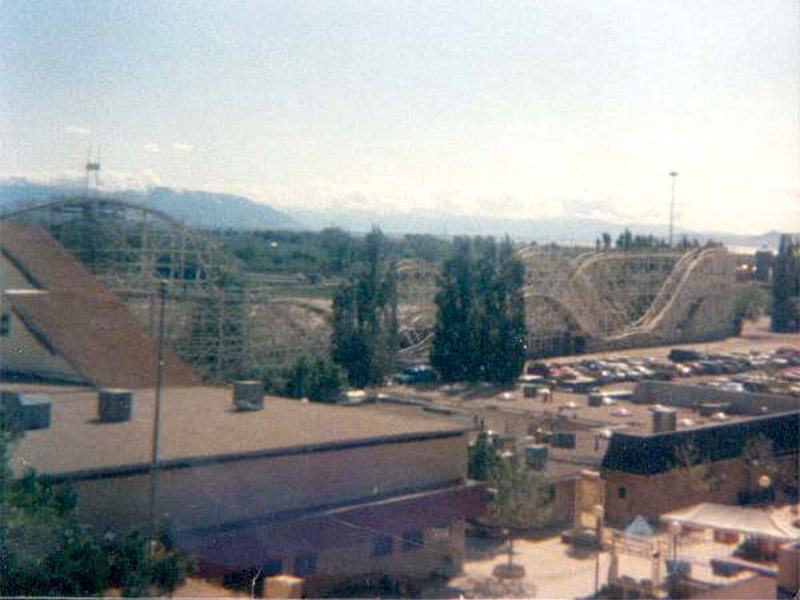
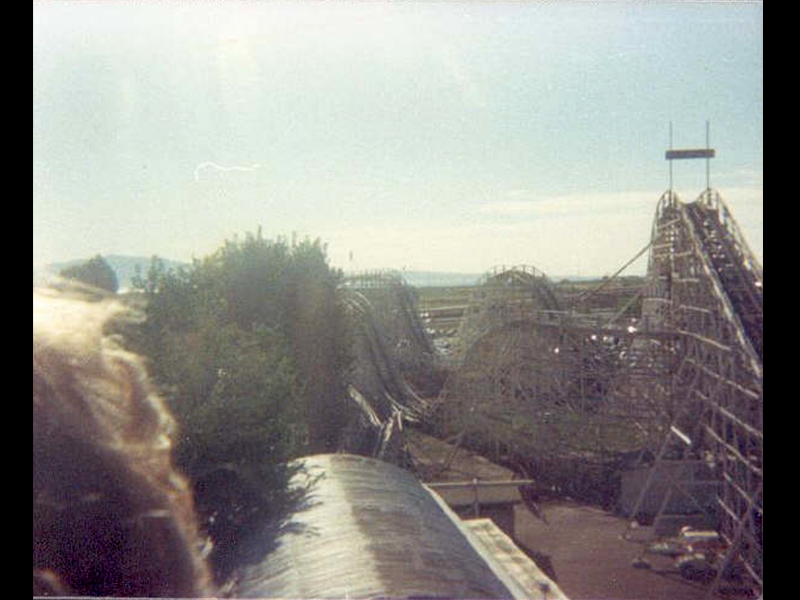
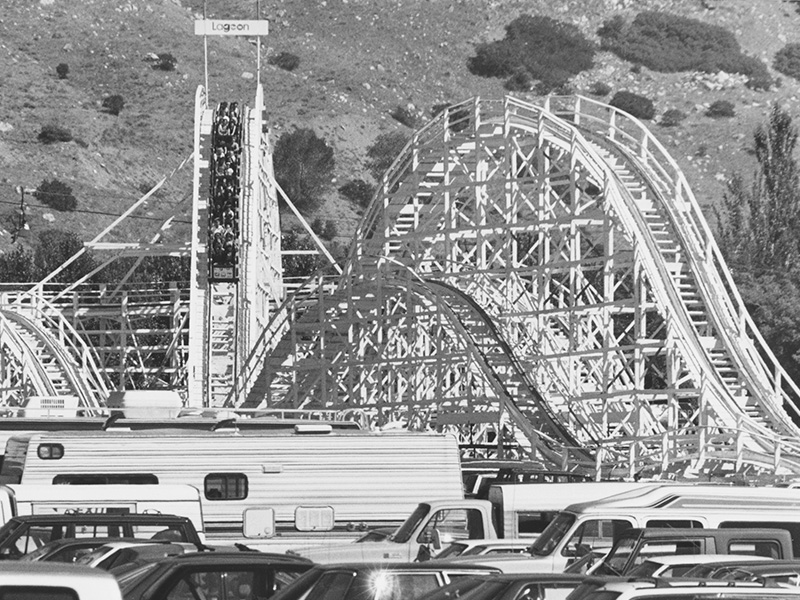
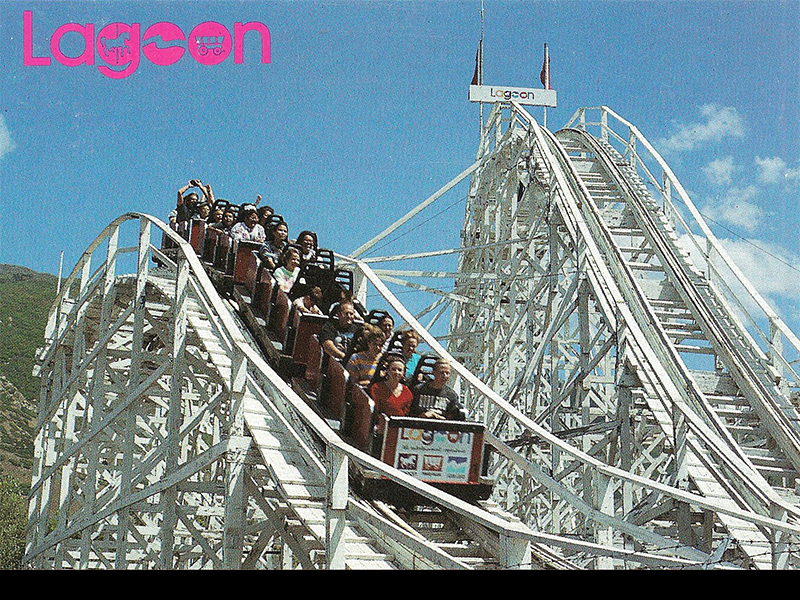
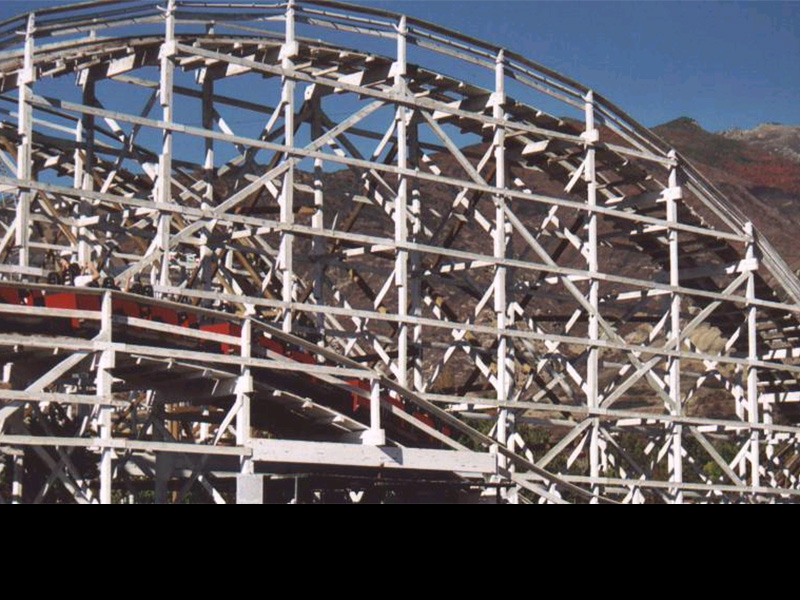
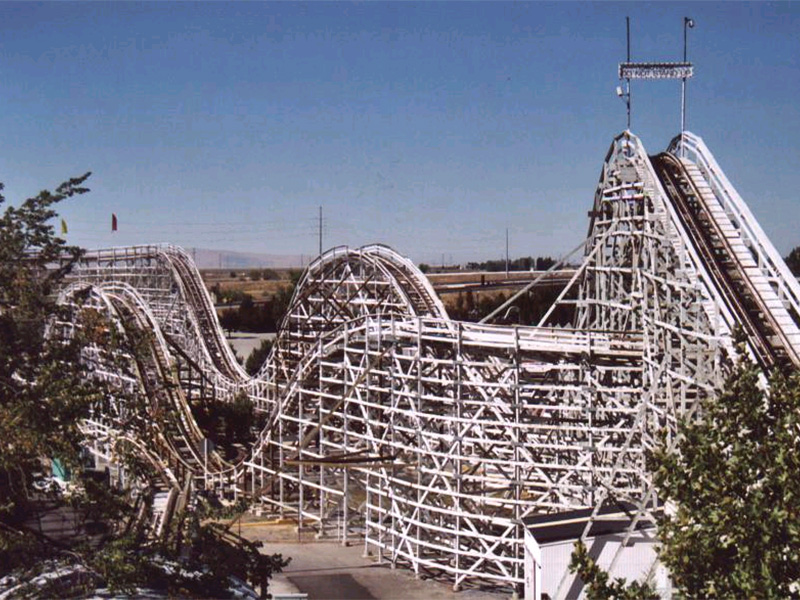
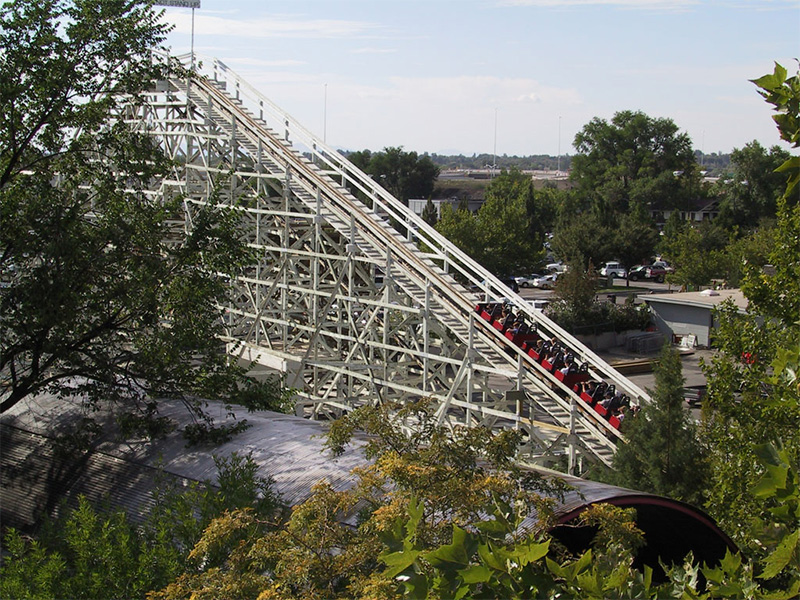
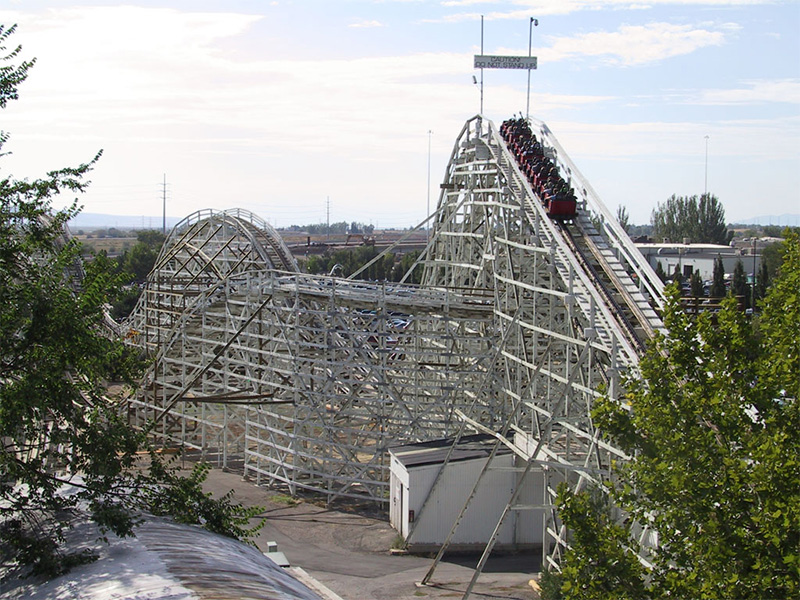
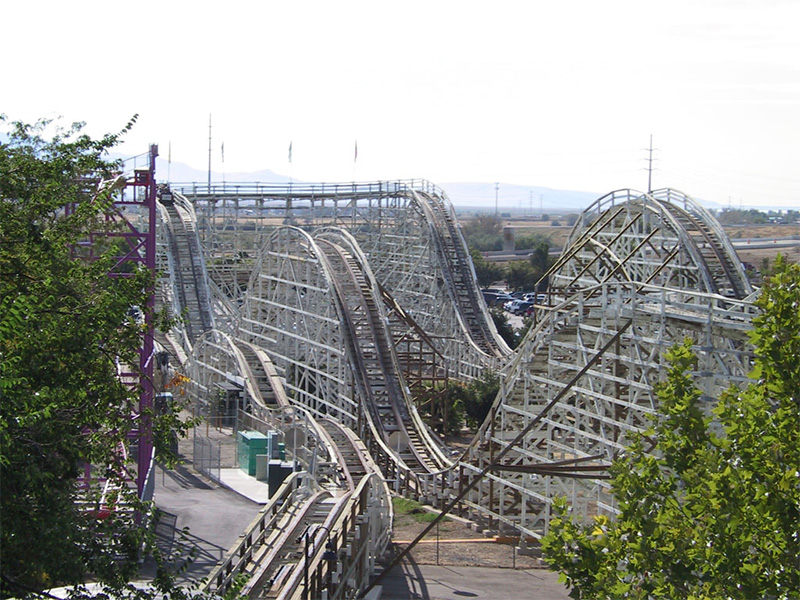
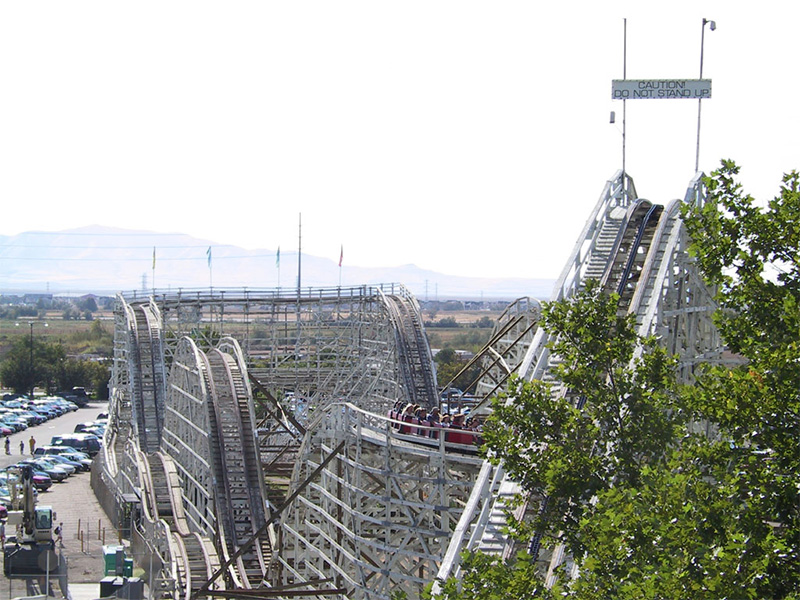
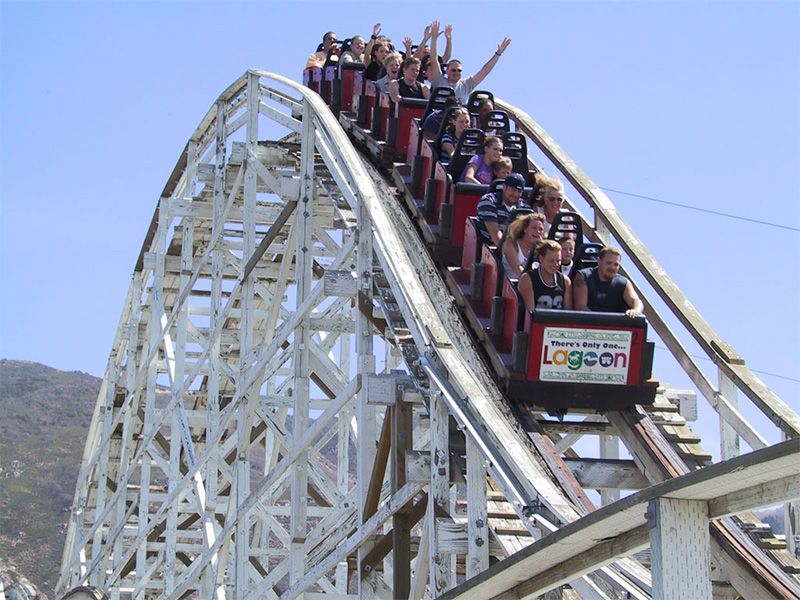
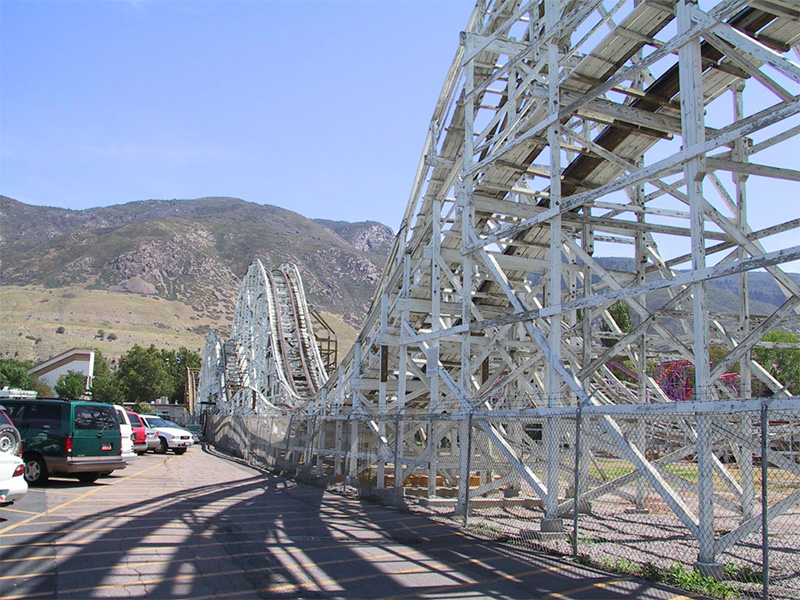
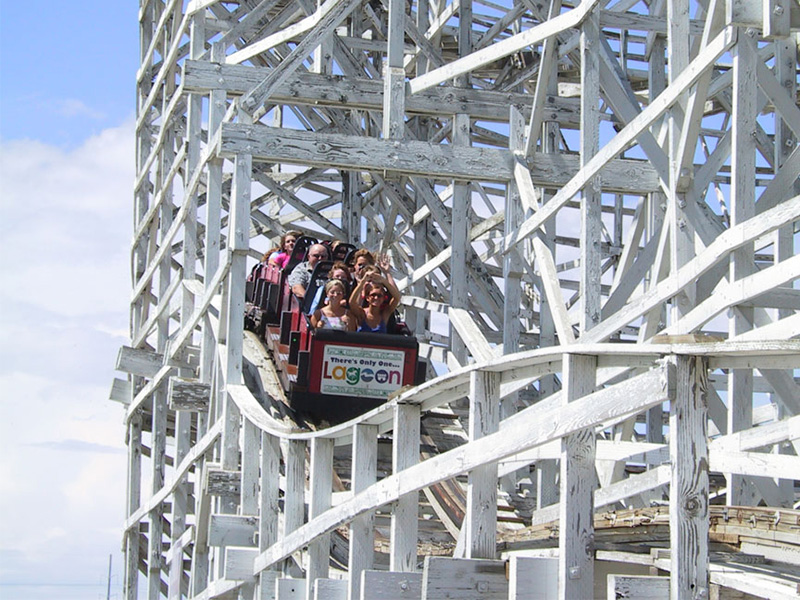
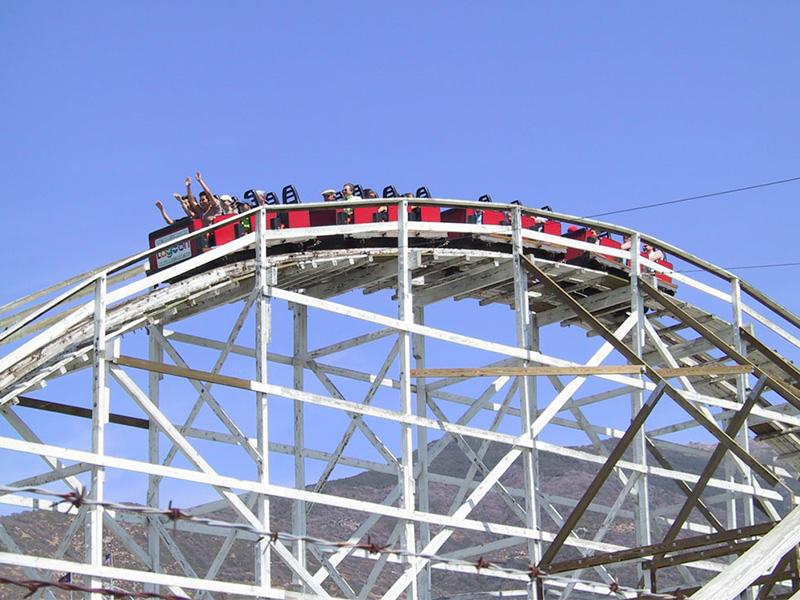
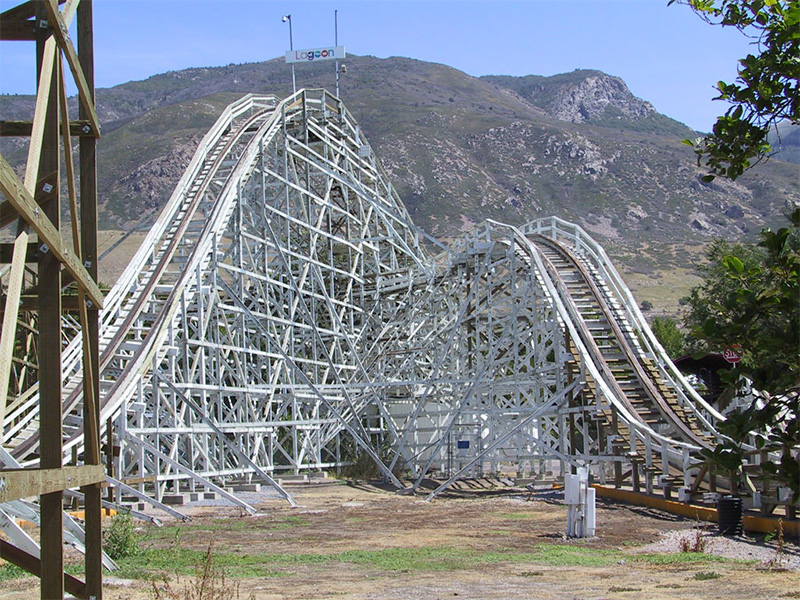
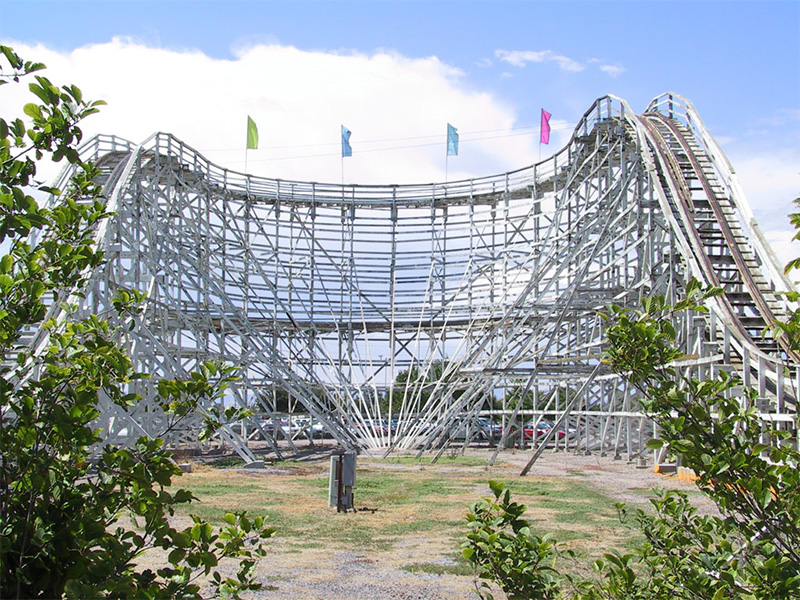
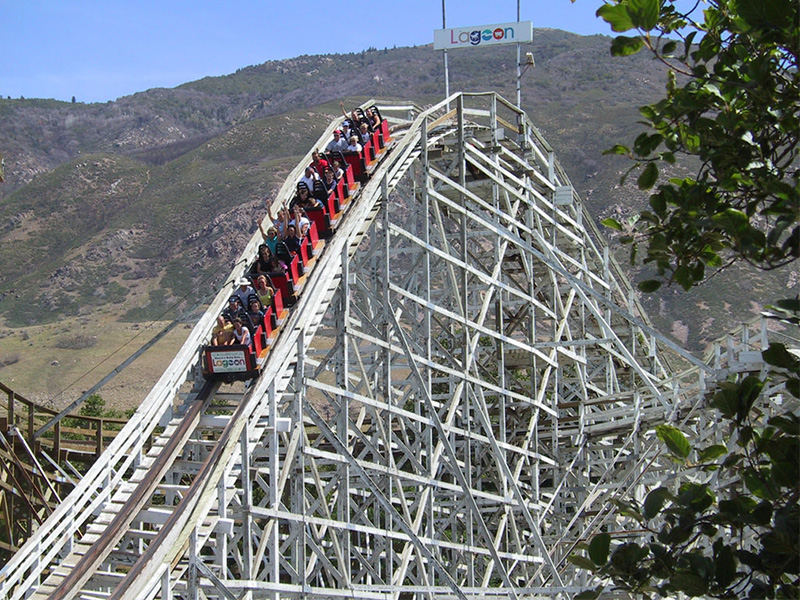
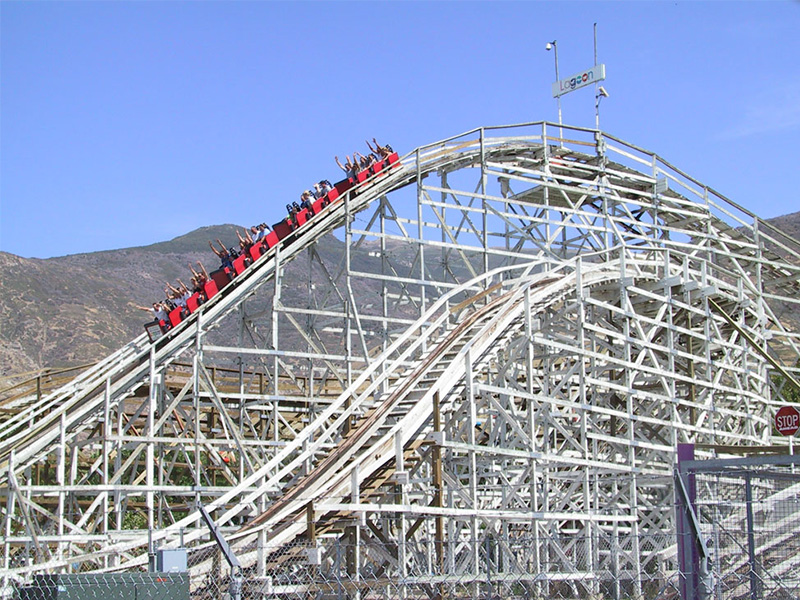
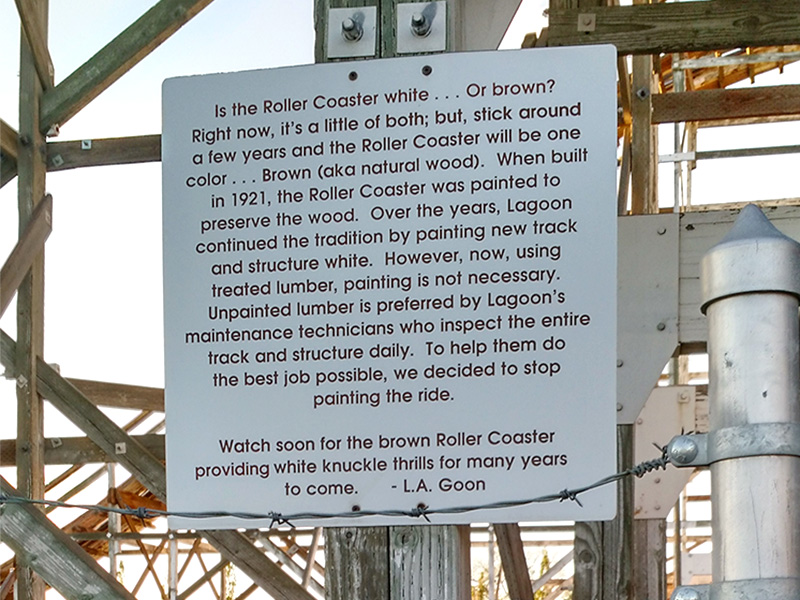

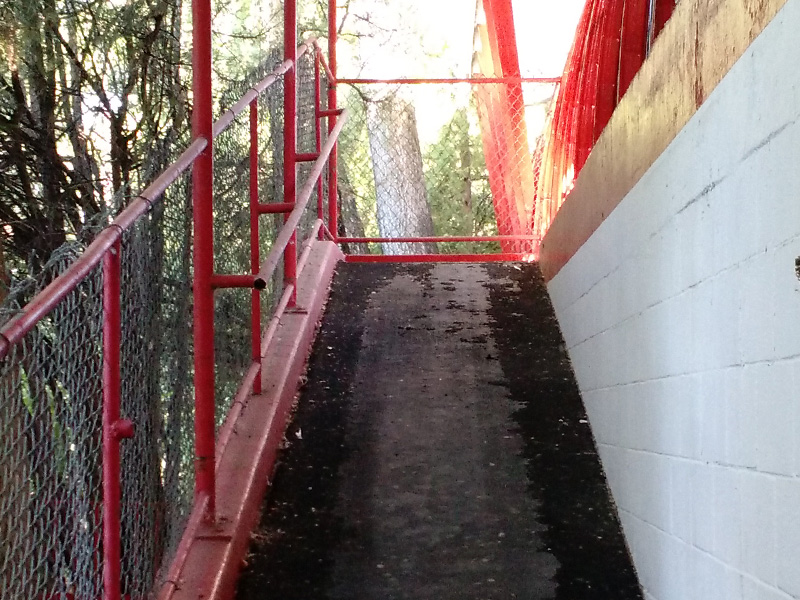
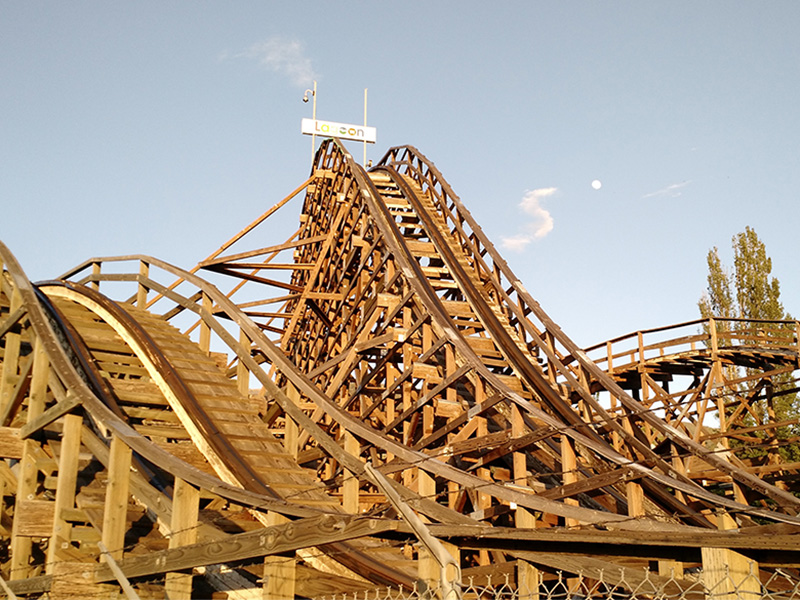

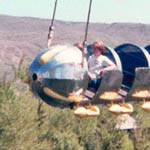

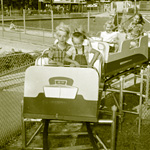
2 replies on “Roller Coaster”
I love this ride it’s what made me a roller coaster enthusiast.
Everyone I know from old to young has ridden it. While it may not be the most thrilling it’s a must do when you go to Lagoon. Love the work put into this stuff!!
I agree. Glad you appreciate it!